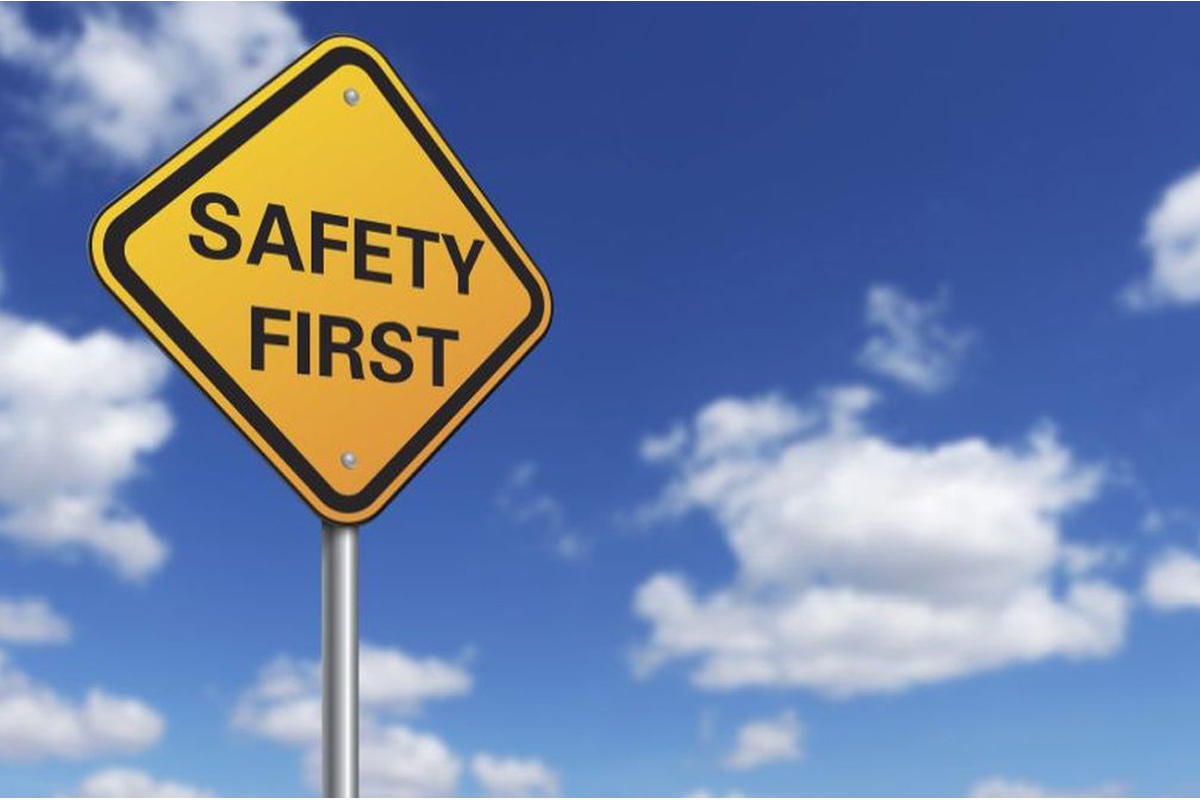Brace up for stringent penalties as the Motor Vehicles (Amendment) Bill, 2019, which was cleared by Parliament last month, has come into effect. The higher penalties will be applicable throughout India.
If one is caught driving without a seat-belt, it will cost a fine of Rs1,000, which was earlier Rs100. If one is caught driving while using a mobile phone, it will invite a fine of between Rs1,000-5,000. Earlier it was Rs1,000.
Advertisement
Drunken driving earlier used to a invite fine of Rs2,000. Now, it has been hiked to Rs 10,000. In another welcome move, a driver can be fined Rs 10,000 for not giving way to emergency vehicles like ambulance and fire brigade.
Earlier one had to shell out a meager Rs 500 for driving without a license. Under the new law, that has multiplied to Rs 5,000. For those continuing to drive despite disqualification, the fine has been raised from Rs 500 to Rs 10,000.
Taxi aggregates violating license laws will have to shell out a bomb in the shape of Rs1 lakh. Overspeeding, a common issue on the road, will now invite a penalty of between Rs1,000-Rs2,000.
For those who drive without insurance, there will be consequences in the form of a fine of Rs 2,000; those driving without helmets will have to pay Rs 1,000 and may face a three-month suspension of their license. The government has also said that overloading of vehicles will now draw a penalty of Rs 20,000.
Also, the guardian will be held responsible for any road offense by any under-age driver. The guardian will have to pay Rs 25,000, as well as undergo three years in jail and the registration will be cancelled.
More penalties will result in less accidents, argues Delhi Transport Minister Kailash Gahlot. Higher penalties will “definitely result in reduction in accidents and it will improve the compliance of traffic rules by vehicle owners,” he said .
“It will have great impact on road safety also,” he added. The Delhi government, however, is keen on compromises in case of minor offenses and proposes to hold talks with various stakeholders for this purpose.
Common offences like use of mobiles, jumping traffic lights and driving on the wrong lane will now be categorised as “dangerous driving.” From henceforth, the process of getting a driver’s license will become computerised.











